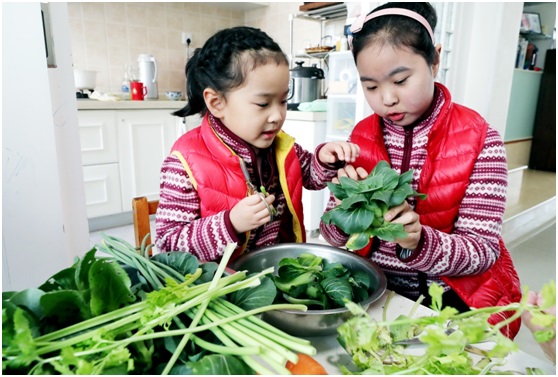By Xu Peiyu, People’s Daily Overseas Edition
“Homebody economy” gains steam in China as people are spending more time at home to curb the spread of COVID-19, and relevant industries start embracing robust growth.
Li Siying, a big fan of hotpot, stayed at home during the epidemic and turned into a “chef”. After the outbreak of COVID-19, hotpot restaurants across the country suspended operation, forcing her to cook on her own. Therefore, she bought a multi-functional hotpot online which can also grill and steam.
With the appliance, Li can make hotpot in a very easy way – all she has to do is to pour the saucing and water into the pot, and place food when it boils.
Li is only one of the many who boosted the sales of such kitchen appliances.
The growth of the “homebody” consumption highlighted the general consumption in recent days, said Zhao Ping, director of the international trade research department at the China Council for the Promotion of International Trade Academy.
Zhao noted that home appliances play a big role in family life, and both traditional and emerging appliances are able to entertain people at home. That’s why they became necessary in midst of the epidemic, she added.
Kitchen appliances are not the only category that sees surging growth, and the sales volume of disinfecting appliances also witnessed an explosive growth. According to statistic released by Suning, one of the largest electrical appliance retailers in China, disinfection cabinets experienced a year-on-year sales growth of 205 percent, and the figures for ventilation systems stood at 304 percent.
Nowadays, home appliances that can greatly improve people’s life quality, such as dishwashers, are enjoying more and more popularity in China, despite their relative high price.
A report released by China Center for Information Industry Development indicated that consumption upgrading was one of the major characteristics of China’s home appliance industry last year. The sales of 4K televisions accounted for 85 percent of the total, and 59.2 percent of the air conditioners sold last year featured top energy efficiency. Besides, washing machines with the top energy efficiency made up 87.4 percent of the total sales.
The upgrading of both industries and consumption has driven home appliance enterprises to develop a series of small appliances, such as blenders, coffee makers, multifunctional glass kettles and food processors.
These appliances, featuring huge market space, abundant varieties, low unit price and convenience, were in a phase of market exploration, which happened to coincide with the time when people stayed home for self-quarantine. The supply and demand were thus matched.
Consumers’ preference for quality, branding and classy lifestyles is a major characteristic of the ongoing consumption upgrading, said Zhao, adding that small appliances are exactly an important tool to improve life quality.
“Quality is made by details, and small appliances can satisfy people’s demand in different scenarios. Besides, the consumption of such appliances also reflects the tastes of the consumers given the available varieties and brands,” Zhao noted.
She believes the sector is not epidemic-driven, but a result of consumption upgrading, and all relevant commodities of consumption upgrading are seeing rapid growth.
Two children from Suzhou Industrial Park Xingang School, east China’s Jiangsu province help their mother trim vegetables and learn to cook, Feb. 17, 2020. Photo by Hua Xuegen, People’s Daily Online










Leave a Comment